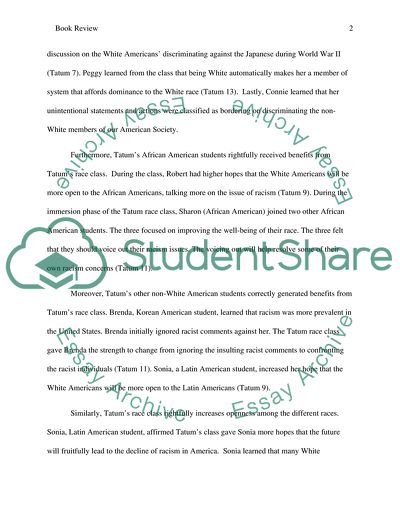Cite this document
(“The Tatum Book Report/Review Example | Topics and Well Written Essays - 1000 words”, n.d.)
Retrieved from https://studentshare.org/sociology/1658197-the-tatum-book
Retrieved from https://studentshare.org/sociology/1658197-the-tatum-book
(The Tatum Book Report/Review Example | Topics and Well Written Essays - 1000 Words)
https://studentshare.org/sociology/1658197-the-tatum-book.
https://studentshare.org/sociology/1658197-the-tatum-book.
“The Tatum Book Report/Review Example | Topics and Well Written Essays - 1000 Words”, n.d. https://studentshare.org/sociology/1658197-the-tatum-book.


